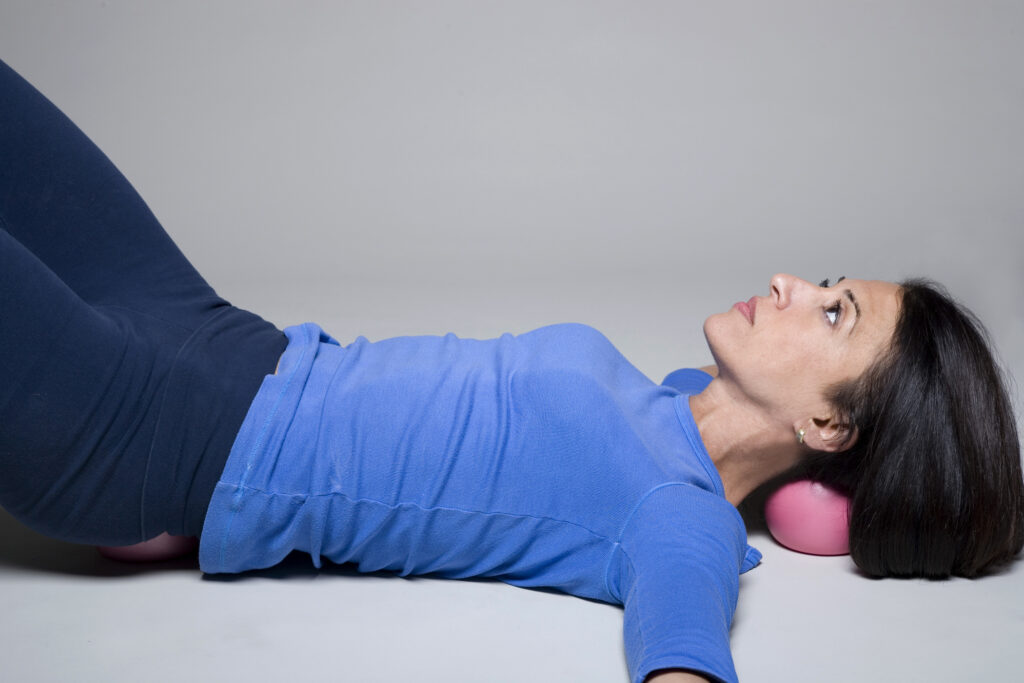Overcoming Fear of Physical Sensations
Many individuals struggle with fear of certain physical sensations, often creating a narrative around these sensations that can become disabling yet oddly inaccurate. These sensations can be a momentary twinge in the neck or knee in that same moment we are defending against what might happen next. What if, and remember when? Traumatic events in our lives can amplify these feelings, making even momentary sensations seem extremely overwhelming. Sometimes, our fear of these sensations leads us to cling onto them, perpetuating a cycle of discomfort.
While writing about this with no physical sensations I am concerned about, it seems somewhat illogical. But if you have ever had this, you know what I am referring to. There are thousands of different physical sensations or feelings. How we interpret them is key, and what we do in response can be inspiring. But first we need to learn a bit more.
This internal dialogue can spiral into excessive worry, leading to physical manifestations like shallow breathing and tense muscles, creating what I call the “cycle of pain.” Consequently, we become hyper-aware and overly reactive to every physical sensation, feeding into a sense of vulnerability and dependency.
It’s essential to acknowledge and address these sensations without catastrophizing them. While it’s prudent to have concerning symptoms checked by a medical professional, changing how we talk to ourselves about these sensations can make a significant difference.
Don’t Get Old: 5 Antidotes to Aging
This is where The Miracle Ball Method is extremely helpful, providing us with tools to build a what I describe as much-needed kinesthetic vocabulary to engage more parts of our body. It takes the old narrative, along with the sensations we are constantly on edge to feel, and replaces them. Our bodies adapt. This is an important piece of building confidence in your body. Understanding that your body is listening to what you tell it. It is very hard to do this only with our intellect without following through on moving our body. This can be very counterintuitive. Our body does adapt to what we tell it. Yet when we begin to move, we might misinterpret those sensations because of the narrative we believe is true.
Many people are “stuck” like a deer in headlights when we are overly vigilant about what our body might do next, creates more sensations and ones that are not helpful.
Discover Key Ares of Your Body
During the upcoming webinar, we’ll delve into five key areas of the body, exploring how they adapt and respond to movement. By unlocking the potential of these areas, we can reshape our body’s responses physically and emotionally.
Too often, we treat every sensation as a sign of injury or physical weakness, leading to fears and anxieties that further debilitate us. We seek external solutions, such as exercise routines or therapeutic interventions, but often approach them with a fearful mindset, hindering their effectiveness. We are still stuck, and perhaps moving with these Key areas locked and ineffective. We might find ourselves having new challenges with our body, like a knee problem or backache. We blame our body again, wondering why while enjoying exercise your problems got worse.
You don’t have to be stuck!
But it’s not your body. Think of reading a book. You are in first grade and in the beginner reading books. You have a very limited vocabulary, but it works for you. When it comes to being in an adult body, most of the time we just expect our body to work. Stresses, past illness or injury, bad advice on how to move, all can contribute to feeling vulnerable to pain and stiffness. As we age, we tend to move less, and less. We just think it’s a natural part of aging. It’s not. Just like the first-grader needs to graduate to more challenging books, you need to challenge yourself to move more, not less. There is a learning curve.
We move less because our body is listening. If it can listen to all the negative fears and worry, it can listen to new directions to go in and enjoy the outcome. Bodies want to move. It will listen when I explain more about these key areas and how you can free yourself by capitalizing on how your body adapts when you are able to sop being stuck.
Embracing these key areas of the body can be transformative, but it requires patience and confidence-building. Children, uninhibited by the fears and worries that often plague adults, serve as inspiring examples of uninhibited movement. By bringing our internal dialogue and blending it with our body’s responses, we will find we can get stronger not weaker, feel more confident and look more comfortable and beautiful in our own skin.
We can learn what we once knew. It’s still all in your nervous system, ready to work again. The Miracle ball Method works through your nervous system to reconnect the wiring to all these vital, key areas. Watch the uninhibited movement of children and apply it to your own way of moving.

